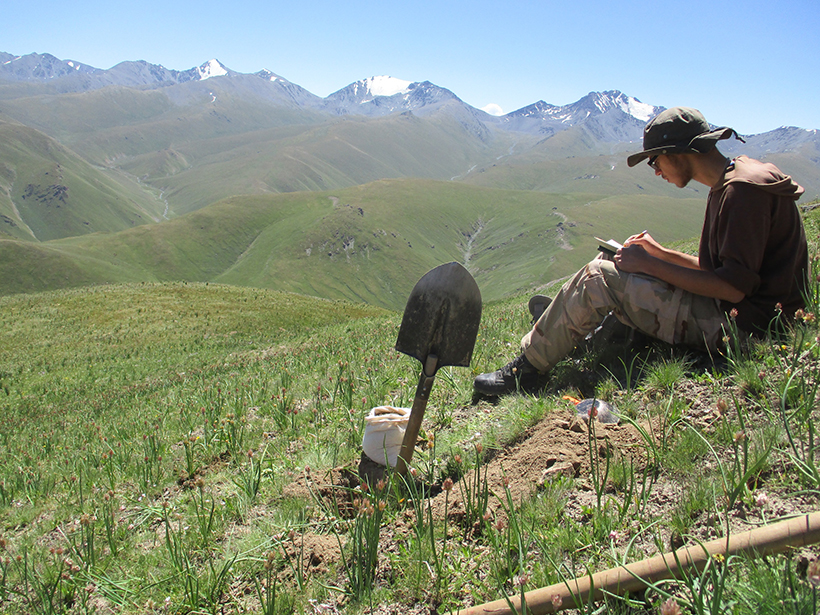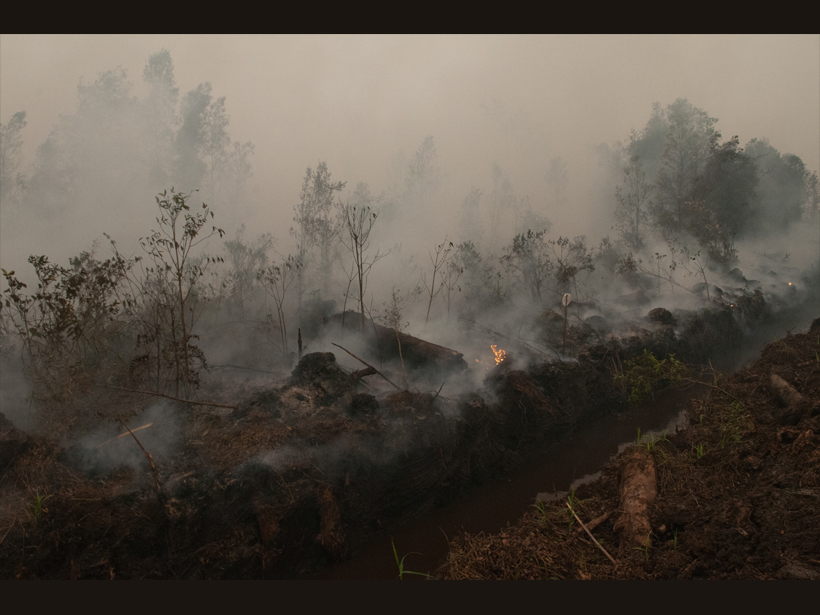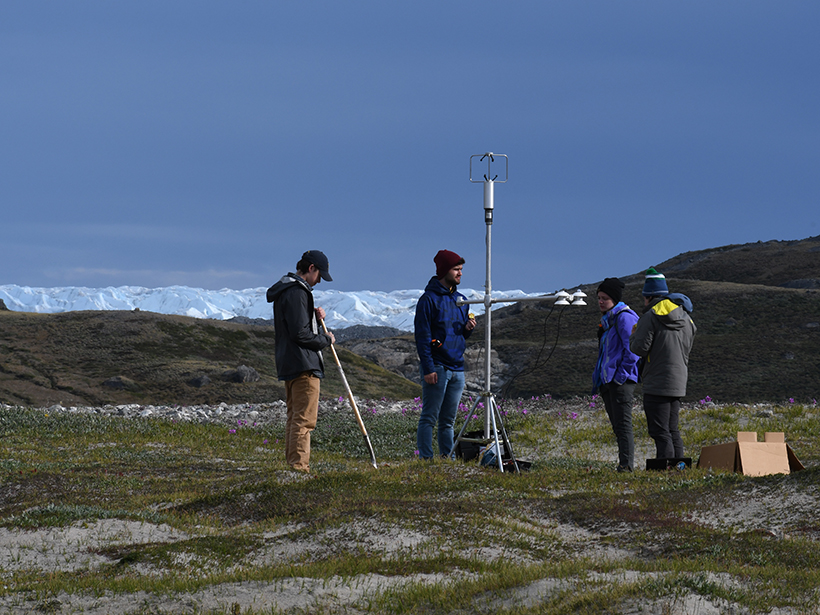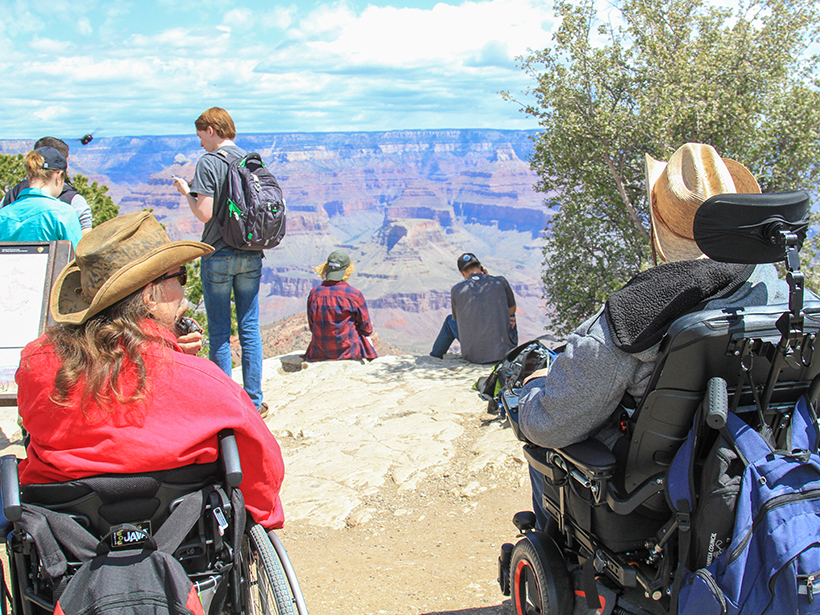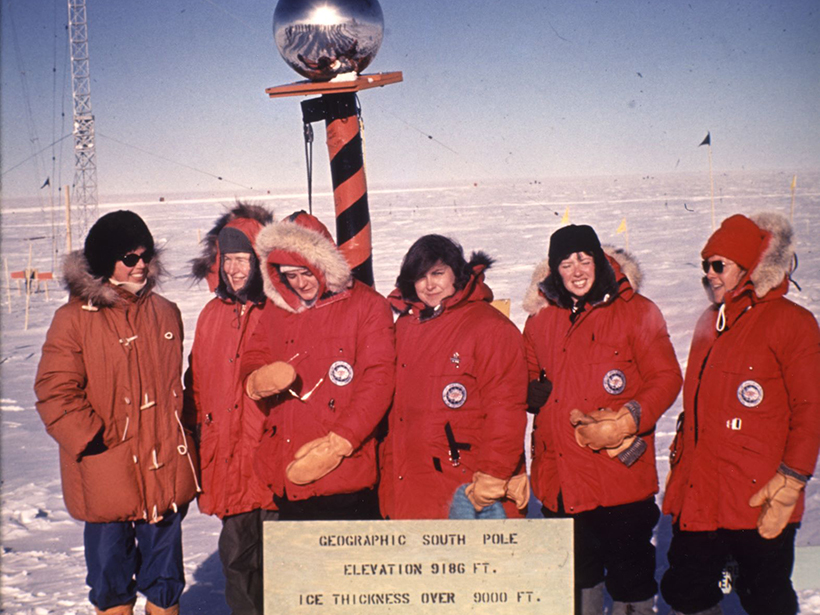An Arctic research team of 150 members that implemented a culture of safety, inclusion, and trust as the foundation for cross-disciplinary science shares lessons from its experiences.
fieldwork
The Long-Term Effects of Covid-19 on Field Science
As scientists wait, worry, and hunker down, they’re also looking ahead to how their projects will need to adapt.
Atmospheric Scientists Show Resilience in the Face of Lockdowns
As businesses, schools, and entire cities shut down to prevent the spread of the coronavirus, scientists have been forced to adapt to radically altered working conditions and data collection techniques.
Snowpack Data Sets Put to the Test
A new study compares the accuracy of three observation-based methods of calculating snow water equivalent, a key component in water management.
Searching for Mount Meager’s Geothermal Heart
A field expedition into the British Columbia wilderness involving helicopter drops, mountain and landslide traverses, and treacherous ice caves aimed to facilitate geothermal exploration in Canada.
Where Do Natural Gas Hydrates Come from and Why Should We Care?
A new generation of models, laboratory, and field studies is helping scientists answer important questions about this mysterious substance.
Starting (and Stopping) a Fire to Study It
Fire experiments on peatlands in Southeast Asia have identified previously unknown emissions patterns and could point to ways to detect these smoldering fires before they become too big to fight.
Seeing the Greenland Ice Sheet Through Students’ Eyes
A team of students and faculty advisers revisited the site of pioneering geosciences expeditions from the 1920s, looking to introduce young researchers to polar science.
Creating Spaces for Geoscientists with Disabilities to Thrive
Flexible fieldwork options and more thoughtful recruitment efforts will better open our community to the diverse talent it needs.
Overcoming Ice and Stereotypes at the Bottom of the World
The Byrd Polar and Climate Research Center celebrates the 50th anniversary of the first all-women research team in Antarctica.


